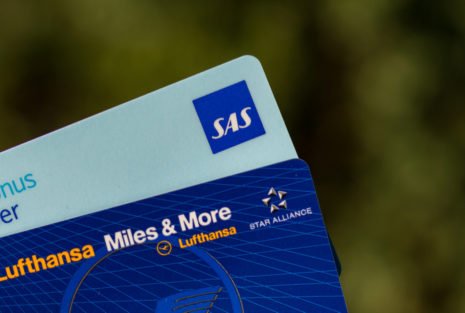Carry-on bag
A carry-on bag (also hand luggage or cabin baggage) is the baggage item that passengers are allowed to take into the airplane cabin, e.g., a suitcase, a backpack, a weekender bag, etc. Such items are not checked in before the flight and can be stored in the overhead storage compartments.
Airlines have different policies about the dimensions and weight of carry-on baggage. There are two common approaches to measuring cabin baggage allowance:
- the combined size – a common standard is 115cm (45in), and
- linear dimensions – 55cm x 45cm x 25cm (22in x 18in x 10in) on average.
The weight limit varies between 5 and 15kg (10-35lb).
The Transportation Security Administration (TSA) publishes limitations on items and substances that can’t be packed in cabin baggage like liquids (over 100ml), sharp items, flammables, etc.
Carry-on bags are different from personal items, which are smaller and must fit underneath the seat (e.g., a purse, a laptop, a camera, a small backpack, etc.). Most full-service carriers allow one carry-on bag and one personal item per passenger for free, while most low-cost carriers only allow one personal item, and carry-on bags are charged additionally (though specific requirements vary across airlines and depend on the ticket fare).






